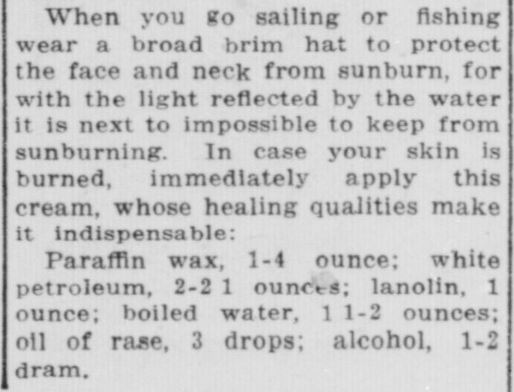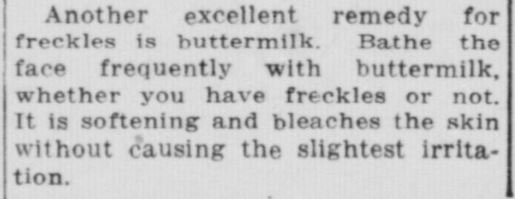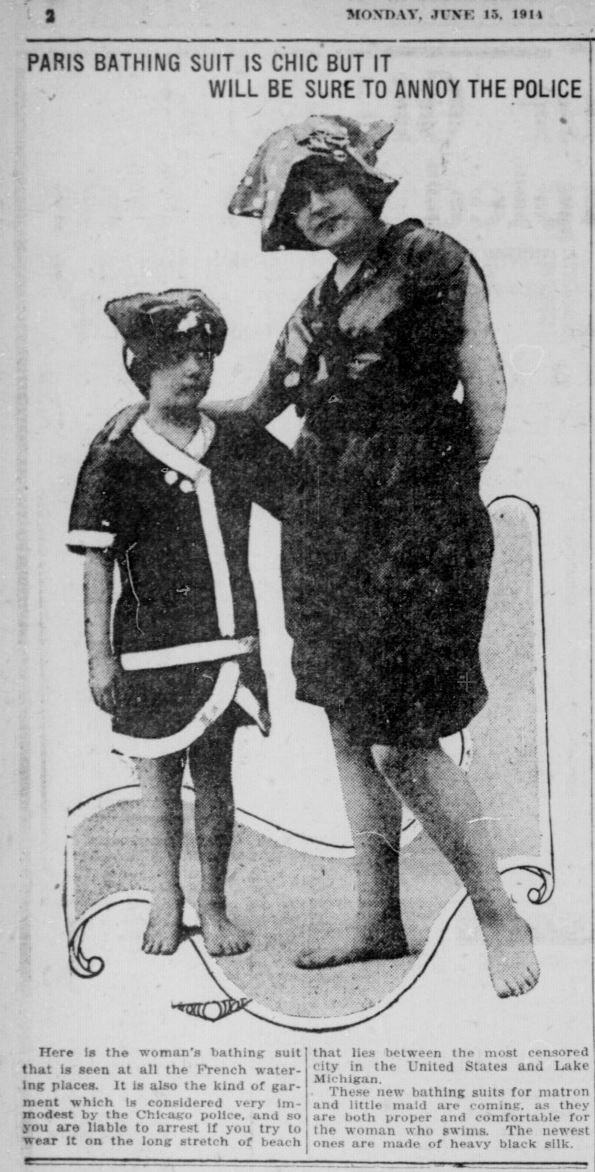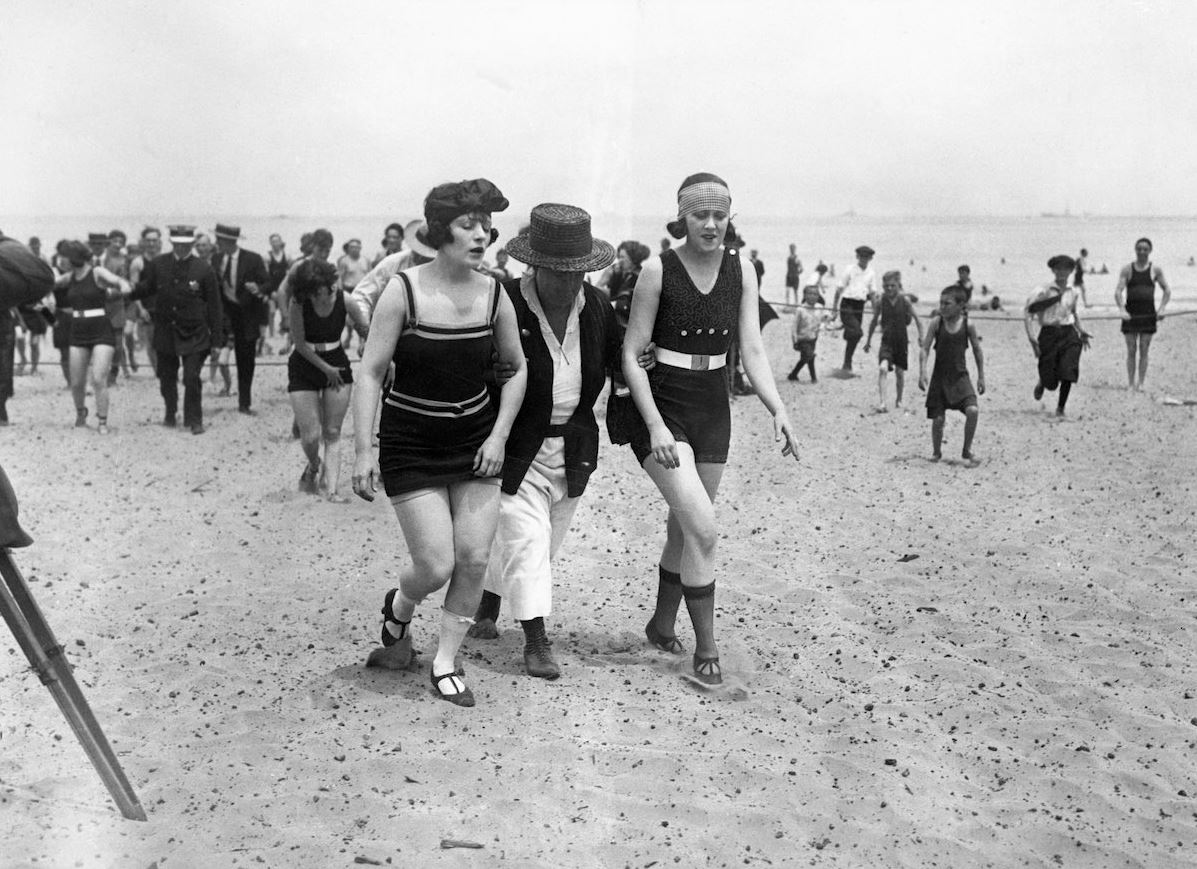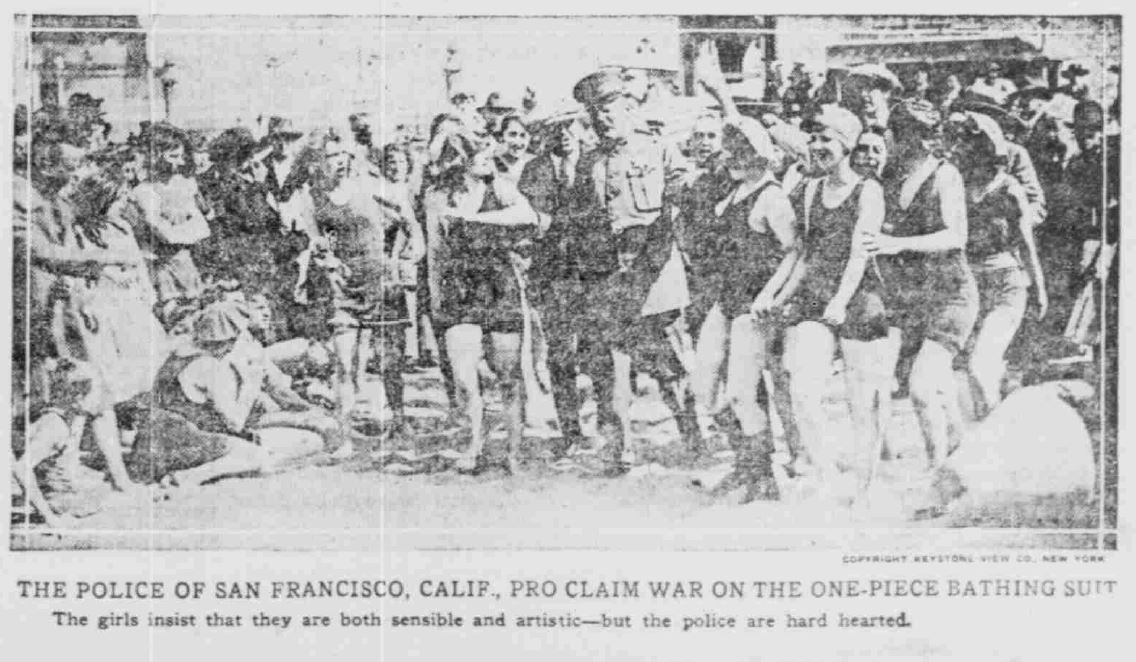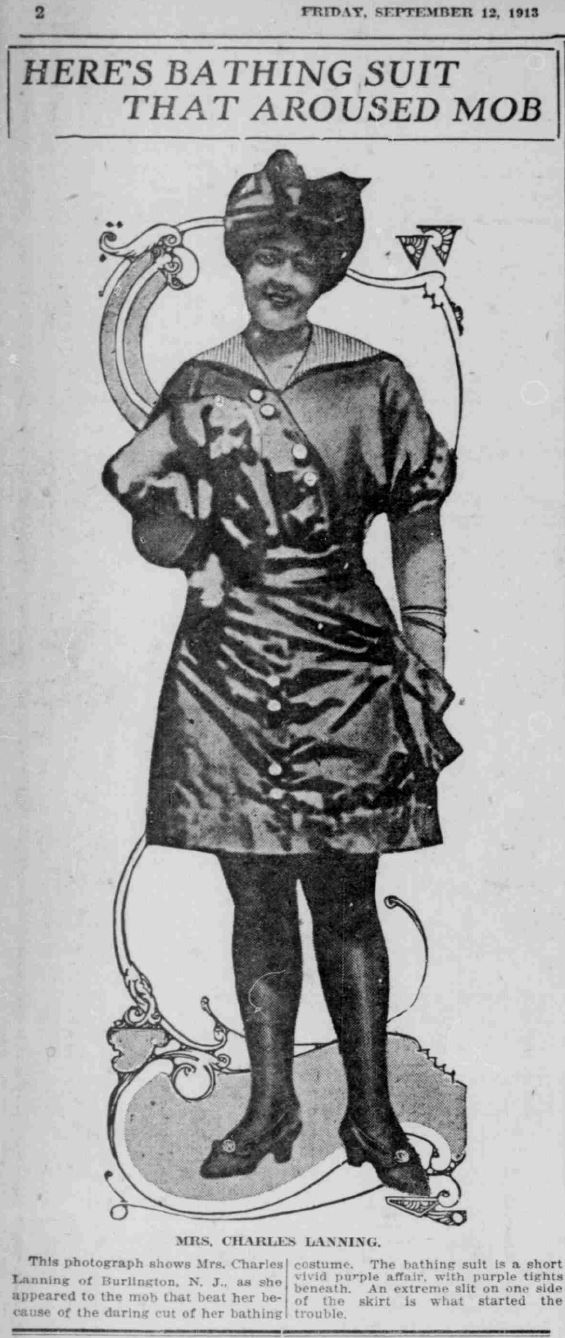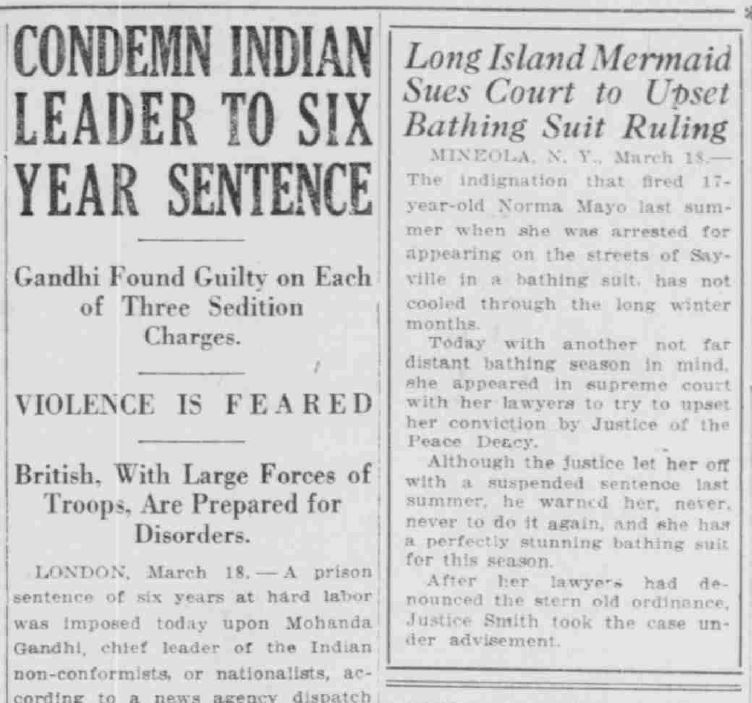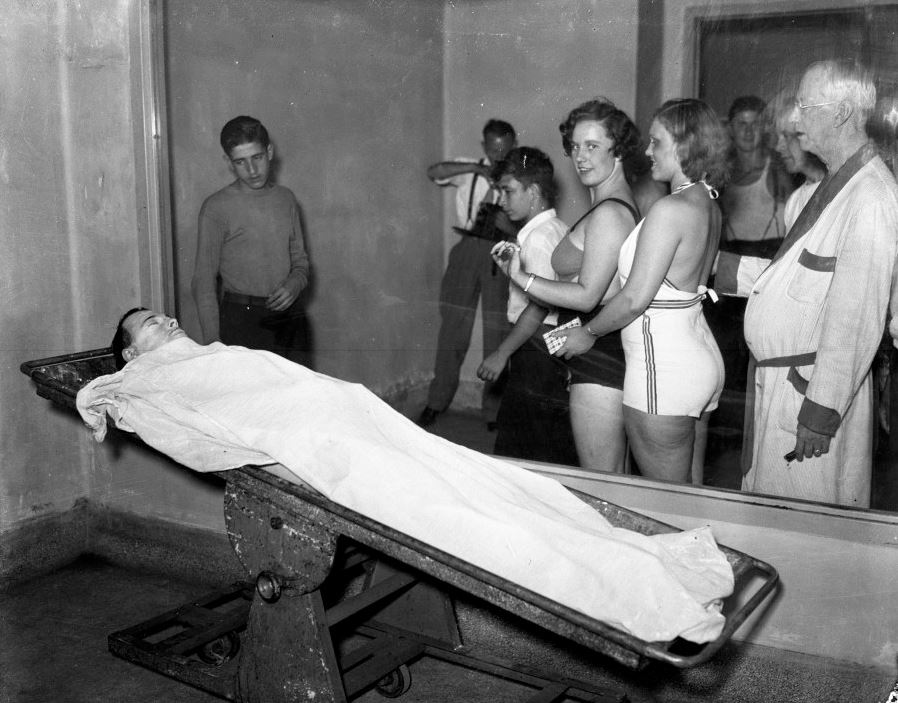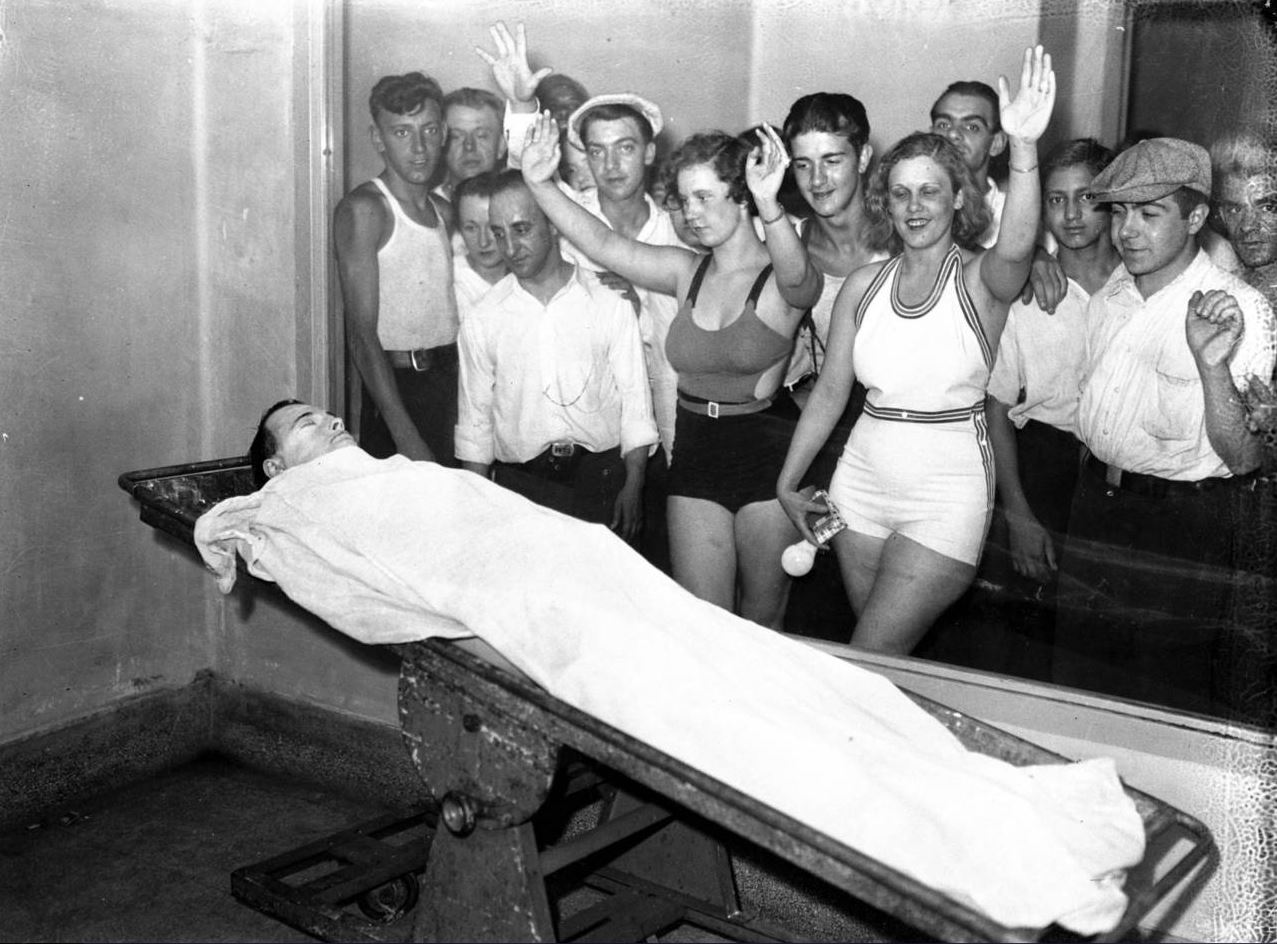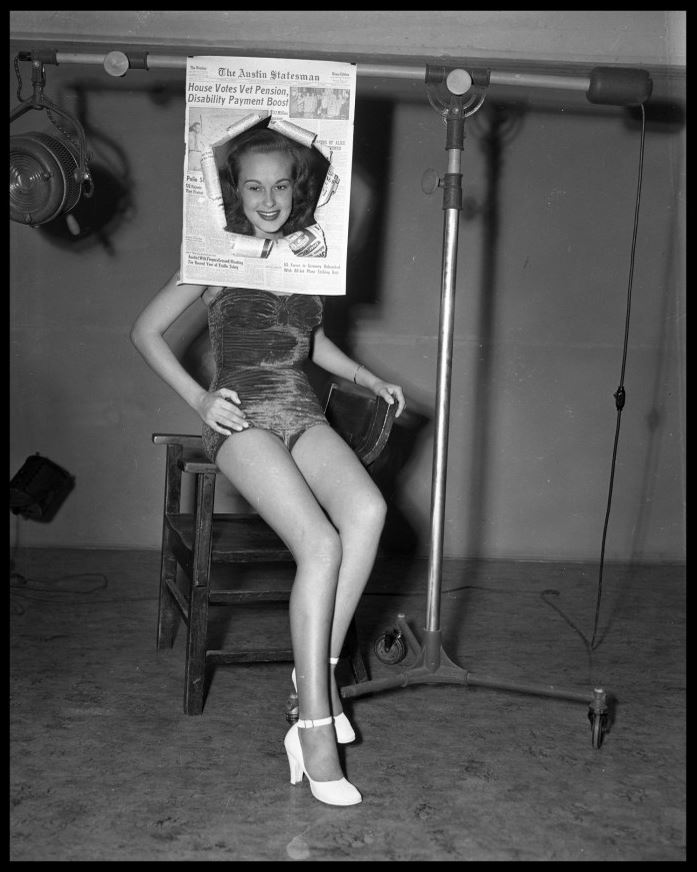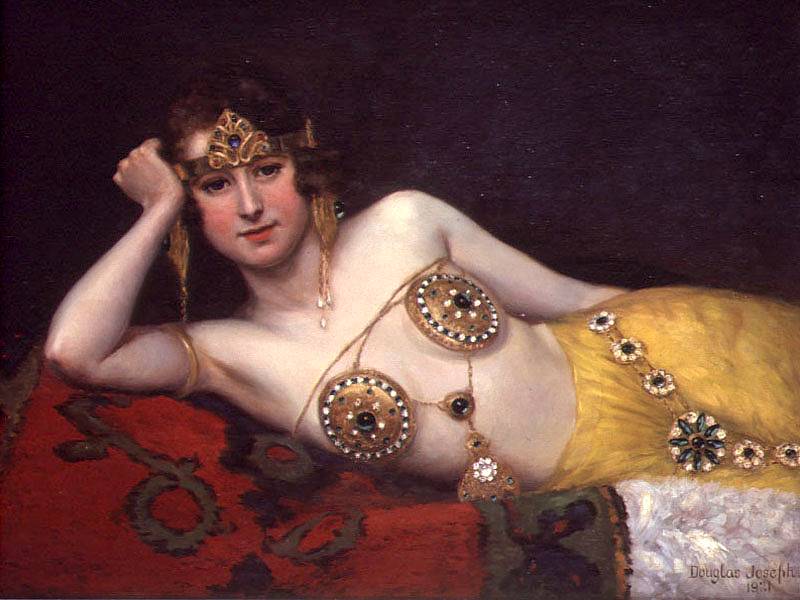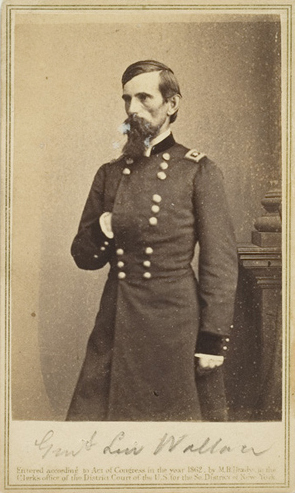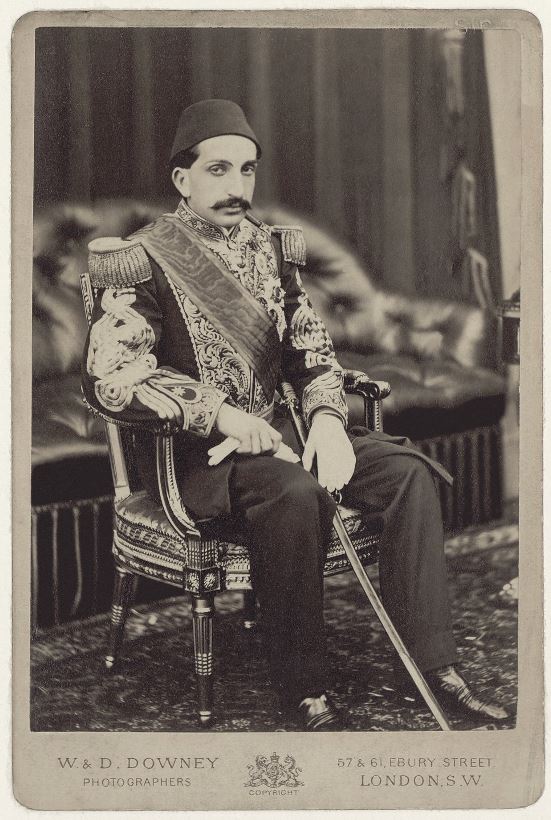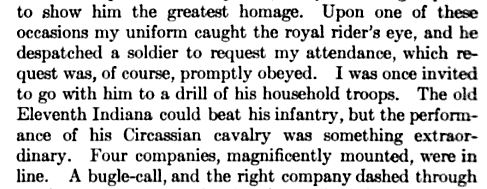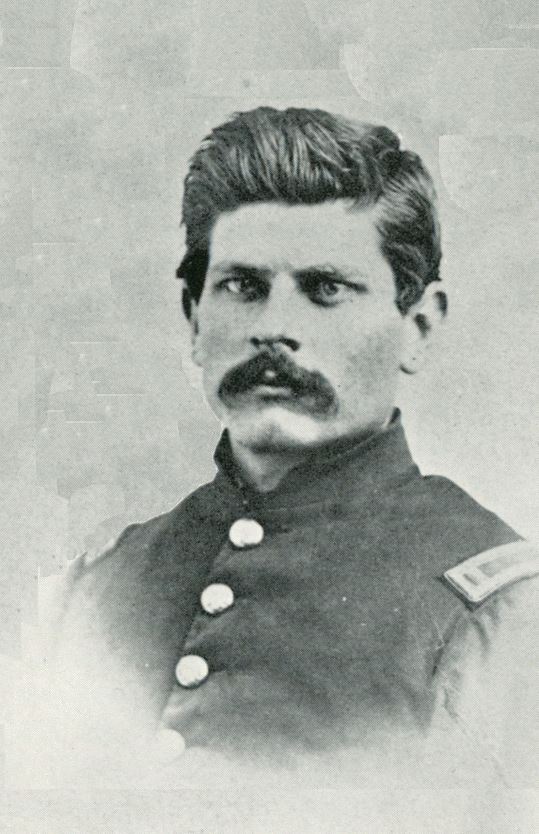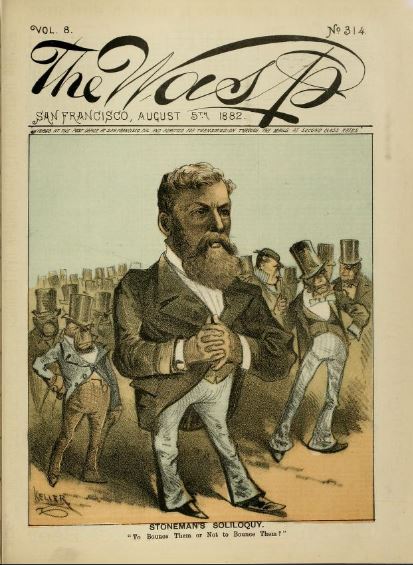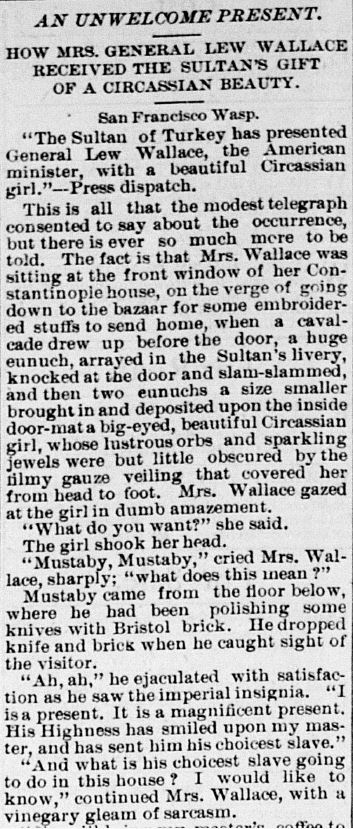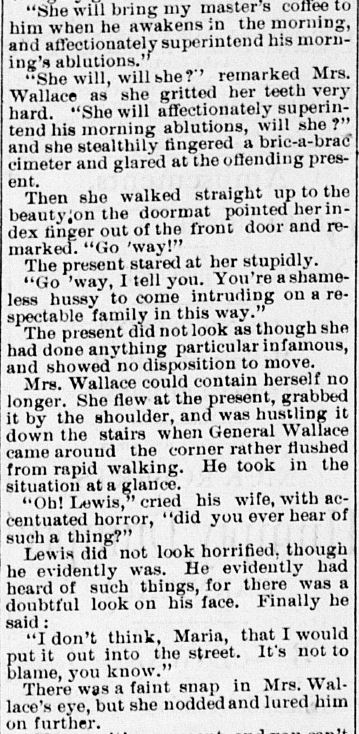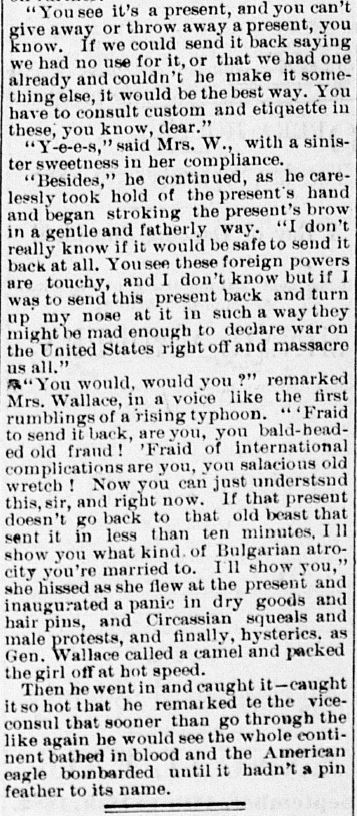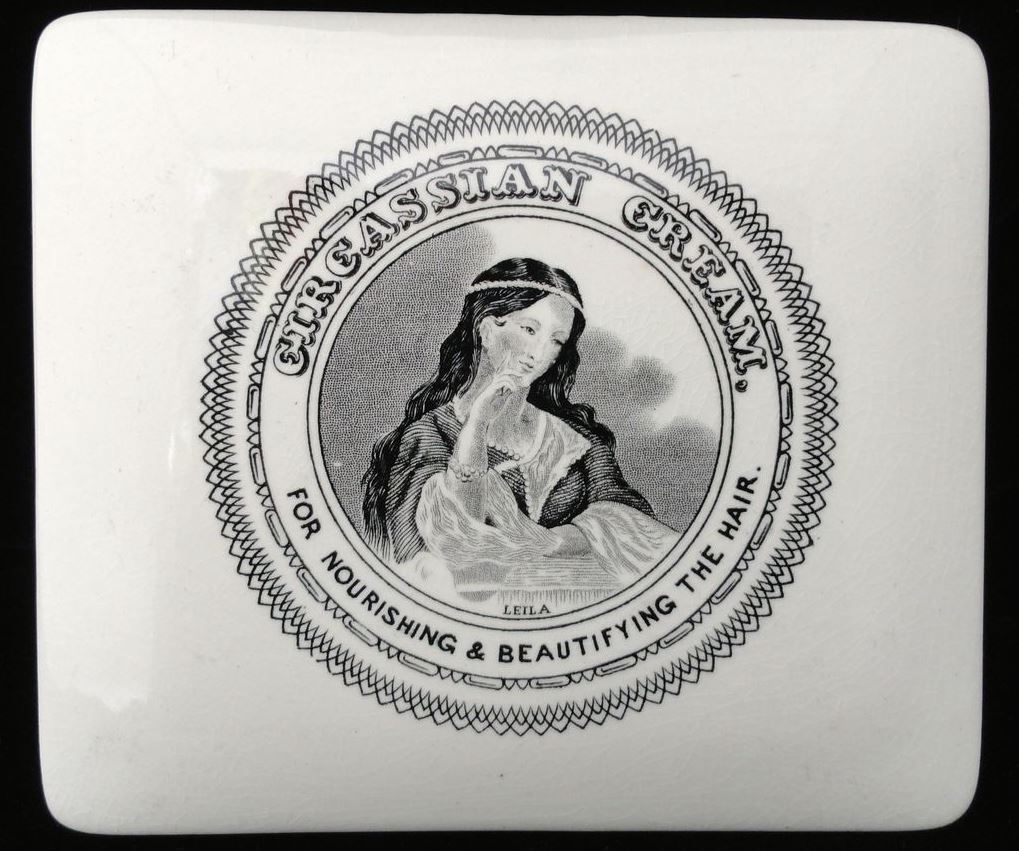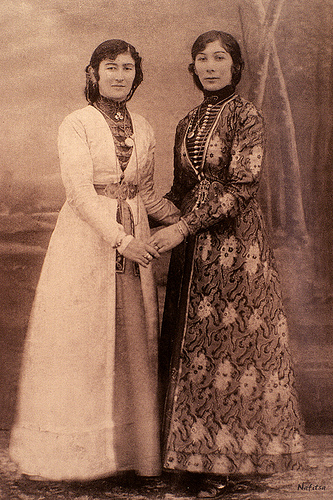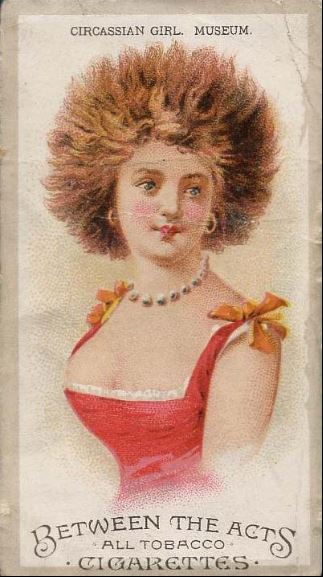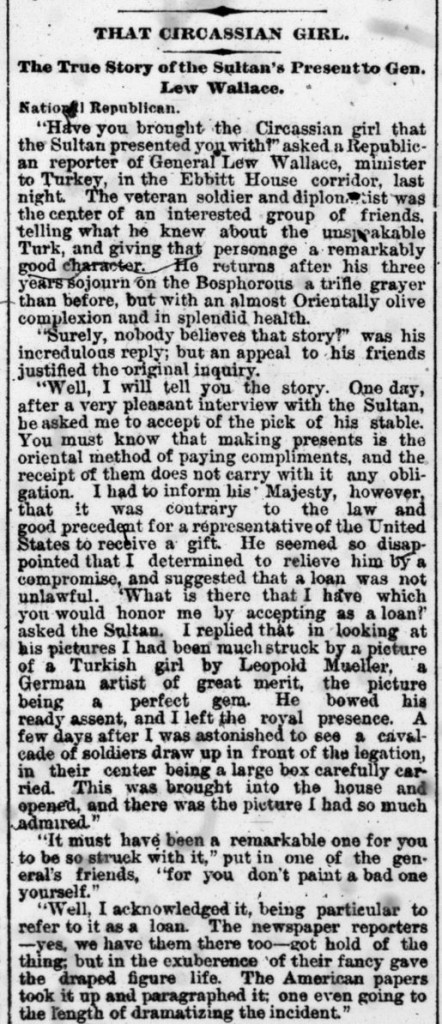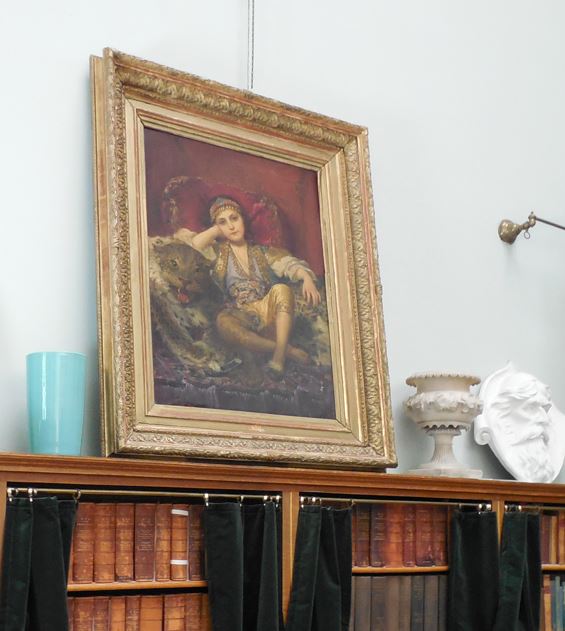What do folklore, lemon juice, Amelia Earhart and Calvin Coolidge all have in common? They all battled freckles.
As summertime dwindles to a close, you might have developed some of these kisses of the sun yourself, especially if you’re fair-skinned and female. Though scientists have determined that susceptibility to freckles depends on genes — most famously as a result of Irish DNA — anyone can get these marks, which are concentrations of melanin brought about by exposure to UV rays.
Today, definitions of male and female beauty actively embrace what was once considered a serious physical blemish. Many even think a superficially bespeckled face is a mark of character deep-down. One beauty commentator considers freckles helpful in building up women’s self-confidence. “Outside the realm of ‘normal’ beauty,” she writes, “we freckled ladies have had to go against the grain and build our self-esteem without the help of the media.”
A hundred years ago, things were different. Anti-freckle cream was a commonly advertised beauty product. (It’s still sold today.) Mostly directed toward women, nothing, however, prevented men from trying out this solution for “blemished” skin. As you’ll see below, one man died trying to get “beautified.”
For generations, folklore and popular medicine provided alternatives to commercial freckle cream. American newspapers promoted a variety of cures both from folk practice and the chemist’s lab.
 (Wilson’s Freckle Cream was manufactured in Charleston, South Carolina, but sold nationally. Brazil Daily Times, October 25, 1912.)
(Wilson’s Freckle Cream was manufactured in Charleston, South Carolina, but sold nationally. Brazil Daily Times, October 25, 1912.)
In the early years of the twentieth century, Hoosiers read about some of these popular remedies.
One of the least-scientifically credible cures was, needless to say, superstition, but it peaked the interest of the American Folklore Society, whose findings were syndicated in a Wayne County, Indiana, newspaper in 1928. Even if this cure had worked, it was far more time-consuming than daubing cream on your face. Yet Hoosier youth probably gave it a shot.
 (Cambridge City Tribune, March 15, 1928)
(Cambridge City Tribune, March 15, 1928)
Twenty-five years earlier, a more plausible-sounding all-natural freckle cure had come out in the Indianapolis News at summer’s end:
Before going out in the sun it is advisable to rub on a little cucumber balm or any good old cream. At night the face should be bathed with elderflower water, which cools and benefits the skin.
Never bathe the face while it is hot. Wait until night, then touch up the freckles with a lotion.
One cure is a lotion made by adding half an ounce of lemon juice to half a pint of rosewater, and adding two drams of powdered alum. Apply with a camels-hair brush.
Another remedy is to wash the face, neck and arms, and hands, too, if necessary, with elderflower water, and apply an ointment made by simmering gently together one ounce of venise soap and one dram each of deliquated oil of tartar and oil of bitter almonds. When the mixture acquires consistency, two drops of rhodium may be added. Wash the emollient off in the morning with elderflower water. (Indianapolis News, September 3, 1903)
In 1916, the South Bend News-Times divulged another solution:
(South Bend News-Times, July 24, 1916)
One common commercial anti-freckle ointment was called Othine, sometimes sold “double-strength” at drug stores. Yet the beauty columnist Lucille Daudet, syndicated in the columns of the Fort Wayne Sentinel in 1916, was concerned about the potentially damaging effects of this kind of patent medicine. A forerunner to today’s “pro-freckle” approach to beauty, Daudet spoke up against the very need for such products:
Just why these light brown marks of health should be so scorned is an open question, as they are usually more becoming than not. But the fact is that most girls look upon freckles as the greatest bar between them and good looks. In their anxiety to rid themselves of these brown “beauty marks” they go to the most ridiculous and often dangerous extremes — dangerous indeed in many cases, for scores of lovely skins have been ruined by the use of so-called freckle removers. . .
A great many of the patent removers contain either bismuth, which is apt to blacken the skin, or mercury or lead, which are active mineral poisons. (Fort Wayne Sentinel, August 12, 1916)
Daudet recommended, instead, a concoction of horseradish root mixed with buttermilk and strained through a fine cheesecloth.
 (Huntington Herald, Huntington, Indiana, August 2, 1923)
(Huntington Herald, Huntington, Indiana, August 2, 1923)
One of the potentially “ridiculous and often dangerous extremes” Daudet decried was mentioned in a 1921 issue of the Journal of the American Medical Association. The journal isn’t specific about what went wrong, but the incident concerned an apparently quack “naturopath” in Venice, California. (For the record, laser treatment and cryosurgery — “a light freeze with liquid nitrogen” –are the more extreme procedures today.)
(Journal of the American Medical Association, April 16, 1921)
 (Toots & Casper. South Bend News-Times, October 31, 1921.)
(Toots & Casper. South Bend News-Times, October 31, 1921.)
Two well-known Americans of the Jazz Age had a reputation for their freckles. One case was slightly mythic — and a Hoosier woman tried to sleuth her way to the bottom of it.
In 1923, Clara C. Gilbert, a Republican women’s organizer in Kendallville, Indiana, traveled to Washington, D.C., partly to discover if President Calvin Coolidge’s freckles, accentuated in news films, were as “real” in life as they looked on “reels.” “People have brought reasons and reasons for wanting to see President Coolidge,” quipped the Fort Wayne Daily News, “but no one before had ever seemed interested in the freckle question.”
“Cal” Coolidge had, in fact, been a red-headed, freckle-faced kid back in Vermont, but his hair turned a sandy brown as a teenager and most of the spots on his face went away. The silver screen’s lighting effects apparently brought them back.
(“Also, I want to see you because I want to see you…” Fort Wayne Daily News, September 15, 1923. Click to enlarge.)
A more famous example of sun-kisses was aviator Amelia Earhart, whose battle against freckles might have gone with her to own mysterious death.
In 2012, a broken jar of 1930’s freckle-cream was discovered on Nikumaroro Island in the Pacific Ocean. Some investigators think this jar is a major clue toward unlocking the mystery of Earhart’s disappearance in July 1937 while flying around the world. (The trip was funded by Purdue University, where she became a visiting faculty member and women’s career counselor in 1935. She also spoke at DePauw University later that year.)
The dominant theory that Earhart’s plane ran out of gas and crashed into the Pacific was already called into question in 1940, when the skeletal remains of a castaway turned up on the remote island. That the famous aviator was also known to have hated her own mild case of freckles provides a tantalizing link to researchers intent on establishing forensic evidence about her demise. And as Lucille Daudet warned women two decades before, the cream found on Nikumaroro was found to contain mercury.
Though the theory has its critics, it’s fascinating to think that Earhart’s pointillistic sun-kisses might ultimately shine a light on her last voyage — and her still unknown whereabouts.
(Amelia Earhart’s flight license, 1923.)
(Joe Zucco, freckle contender of Fort Wayne. Fort Wayne Sentinel, September 16, 1922.)


